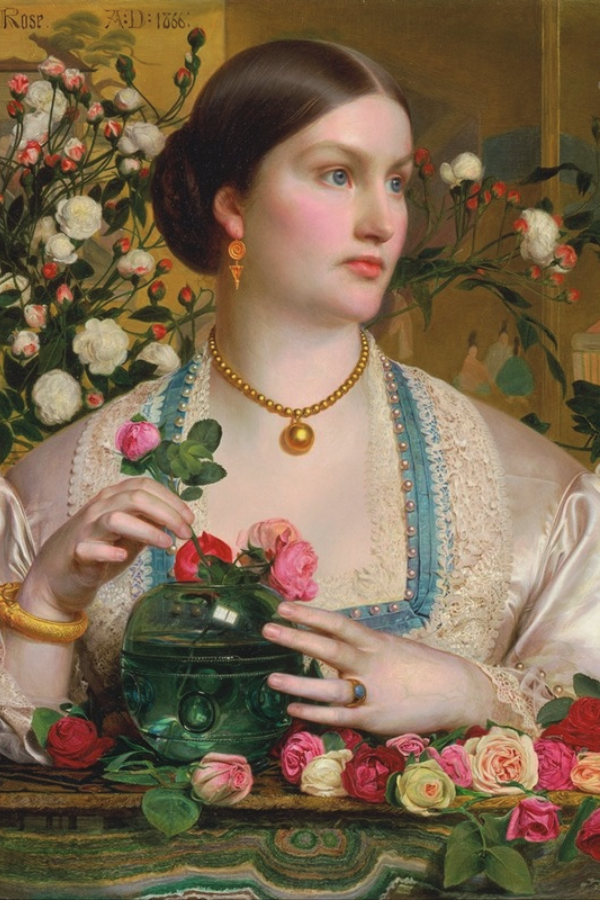

Symbolism of Roses: From Mystery to Jealousy to Love at First Sight
Summary
Roses have symbolized a range of emotions and concepts across different cultures and historical periods. In ancient Greece and Rome, they were linked to love and secrecy, while in Egypt, they were associated with eternal life. The Middle Ages and Renaissance saw roses symbolize both religious purity and political power. The Victorian era introduced a “language of flowers” where rose colors conveyed specific meanings. In Asia, roses symbolize prosperity in China, romantic love in Japan, and divine beauty in India and Persia. In Africa, they represent hospitality in Morocco. Despite cultural variations, roses universally symbolize love, beauty, and respect.
Reflection Questions
- How do the symbolic meanings of roses in different cultures reflect the values and beliefs of those societies?
- In what ways has the symbolism of roses evolved from ancient times to the modern era?
- How can understanding the cultural significance of roses enhance our appreciation of their use in art, literature, and personal expressions?
Journal Prompt
Reflect on a time when you received or gave roses. What was the occasion, and what emotions or messages did the roses convey? How does understanding the historical and cultural symbolism of roses change or deepen your perspective on that experience?
When we discuss the symbolism of flowers, we often focus our attention on Victorian floriography. However, rose color meanings can be traced all the way back to Ancient Greece, Rome, and Egypt as well as across continents in Asia, Africa, and Europe. In this article, we will consider the symbolism of roses throughout history. From secrecy to romantic love and from the blood of Christ to the Hindu goddess Lakshmi, let’s explore!
The History of Rose Meanings Across Cultures and History


Roses have captivated humanity for centuries with their unparalleled beauty, fragrance, and diversity of form and color. Their universal appeal lies not just in their aesthetic charm but also in their rich symbolic meanings, which have evolved and varied across different cultures and historical periods. From the love and beauty they represented in ancient civilizations to their role in religious rituals and political emblems, roses have carried profound significance. Let’s get into it.
Ancient Greece and Rome
In ancient Greece and Rome, roses were intimately associated with love and beauty, embodying the essence of romance and desire. They were sacred to Aphrodite and Venus, the goddesses of love in Greek and Roman mythology, respectively.
These deities were often depicted with roses, symbolizing their connection to passion and beauty. Additionally, roses held a symbolic role in secrecy; the term “sub rosa,” meaning “under the rose,” originated from the Roman practice of hanging a rose over a meeting place to indicate that all discussions held there were confidential.
Ancient Egypt
In ancient Egypt, roses were closely linked to the goddess Isis, a deity representing fertility, motherhood, and magic. Roses were not only admired for their beauty but also used in religious and burial practices. They adorned tombs and were included in funeral rites, symbolizing eternal life and the hope of resurrection. The rose’s connection to Isis and its use in these sacred ceremonies underscored its spiritual significance and its role in expressing reverence for the divine and the deceased.
Medieval Period
During the medieval period, roses acquired profound Christian symbolism. The red rose, with its deep crimson color, was seen as a representation of the blood of Christ, symbolizing his ultimate sacrifice and the deep love he held for humanity. In contrast, the white rose was associated with the Virgin Mary, embodying her purity, innocence, and divine grace. These associations made roses powerful religious symbols that were used to convey spiritual truths and values.
Roses were prominently featured in religious art and literature during the medieval period. They appeared in illuminated manuscripts, adorning the margins and pages with their intricate designs. In frescoes and stained-glass windows, roses were depicted to highlight their religious symbolism, enhancing the spiritual atmosphere of churches and cathedrals. Literary works also referenced roses to invoke their symbolic meanings, enriching the narrative with layers of spiritual significance.
Renaissance Era
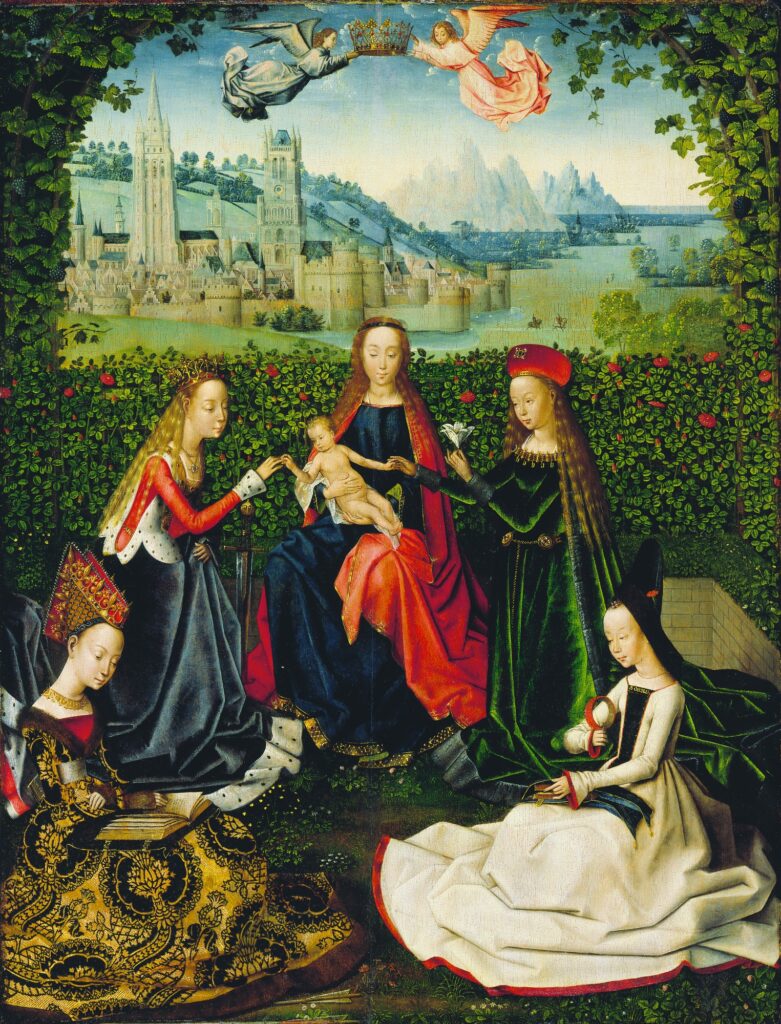

In the Renaissance era, roses maintained their association with love and beauty, celebrated in the period’s flourishing art and literature. This era, marked by a revival of classical learning and aesthetics, saw roses frequently appear in romantic poetry and paintings. Artists and poets used roses to symbolize idealized love, human beauty, and the ephemeral nature of life, reflecting the Renaissance’s emphasis on humanism and the appreciation of the natural world.


Roses also took on significant political symbolism during the Renaissance, particularly in England during the Wars of the Roses. This series of dynastic conflicts between the houses of Lancaster and York saw the red rose adopted as the emblem of the House of Lancaster and the white rose as the symbol of the House of York.
Fuel your creative fire & be a part of a supportive community that values how you love to live.
subscribe to our newsletter
*please check your Spam folder for the latest DesignDash Magazine issue immediately after subscription


These roses became powerful political symbols, representing the rival factions’ claims to the English throne. This period highlighted the rose’s capacity to embody not only personal and romantic ideals but also political and dynastic ambitions.
The Victorian Era
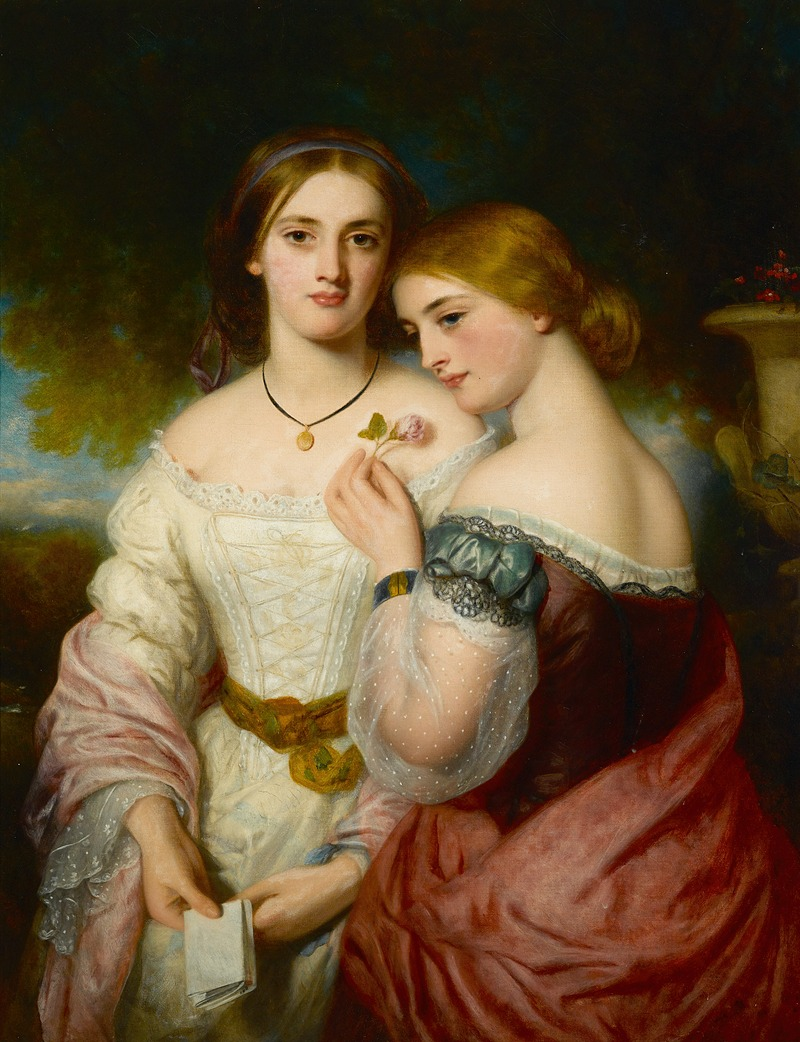

The Victorian era saw the development of the “language of flowers,” a symbolic communication method in which different flowers conveyed specific messages and emotions. This intricate floral language, also known as floriography, allowed people to express feelings that were considered inappropriate to verbalize openly due to the strict social etiquette of the time. Roses, being one of the most popular and versatile flowers, played a significant role in this floral vocabulary, with each color and variety of rose carrying its unique meaning.
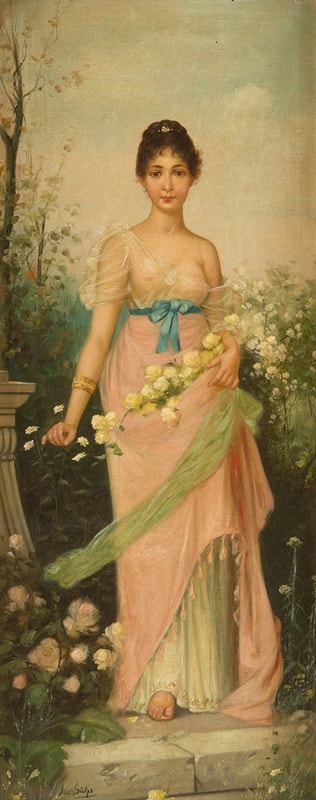

In the language of flowers, different rose colors conveyed specific emotions and messages. Red roses symbolized passionate love and desire, while white or ivory roses represented purity, innocence, and reverence. The yellow rose was associated with friendship and joy, though it could also signify jealousy. Green roses, rare and unique, symbolized rejuvenation and fertility. Lavender roses and purple roses expressed enchantment and love at first sight.
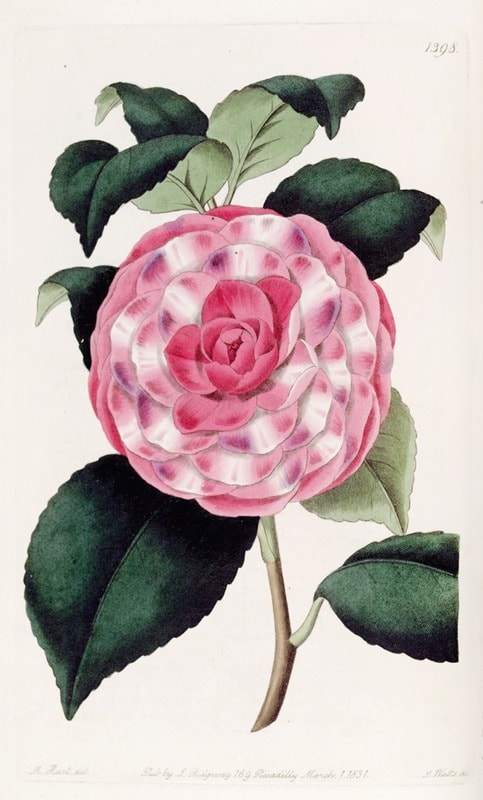

Peach roses denoted modesty, gratitude, and sincerity. An orange rose conveyed enthusiasm and fascination. Blue roses, which were artificially created, symbolized mystery and the unattainable. Light pink roses represented grace, admiration, and joy. Lastly, black roses, often dyed, were linked to death, mourning, and farewell. This rich tapestry of meanings made roses a powerful tool for non-verbal communication in Victorian society.
The Meaning of Roses in China
In China, roses are symbols of prosperity, honor, and love. They are often used in celebrations and given as gifts to convey good fortune and respect. Additionally, roses are valued in traditional Chinese medicine for their therapeutic properties, believed to improve physical and emotional well-being. The rose’s versatility and beauty make it a cherished element in Chinese culture, embodying both aesthetic and practical significance.
Rose Symbolism in Japan
In Japan, roses symbolize romantic love and elegance. They are often given as tokens of affection and are appreciated for their beauty and refined appearance. Roses also play a role in ikebana, the Japanese art of flower arrangement, where they contribute to the creation of balanced and harmonious compositions. This art form emphasizes simplicity and grace, and roses are used to enhance these qualities in floral displays.
The Meaning of Roses in India
In India, roses are associated with the goddess Lakshmi, who represents wealth, beauty, and fertility. Roses are integral to religious rituals and are frequently used in offerings to deities, symbolizing devotion and reverence. In Indian weddings, roses are commonly used in garlands (jaimala) exchanged between the bride and groom, symbolizing love, respect, and the sanctity of the marital bond. Their presence in these ceremonies underscores their importance in Indian cultural and religious practices.
Rose Symbolism in Persia (Iran)


In Persia (Iran), roses hold a prominent place in literature and Sufi mysticism. Persian poets like Rumi and Hafez often used roses as metaphors for divine love and spiritual enlightenment. The rose symbolizes the soul’s journey toward union with the divine, reflecting themes of beauty, passion, and the fleeting nature of life. In Sufi traditions, the rose represents the innermost mysteries of the spiritual path, making it a powerful symbol of mystical love and transcendence.
Rose Meanings in Morocco
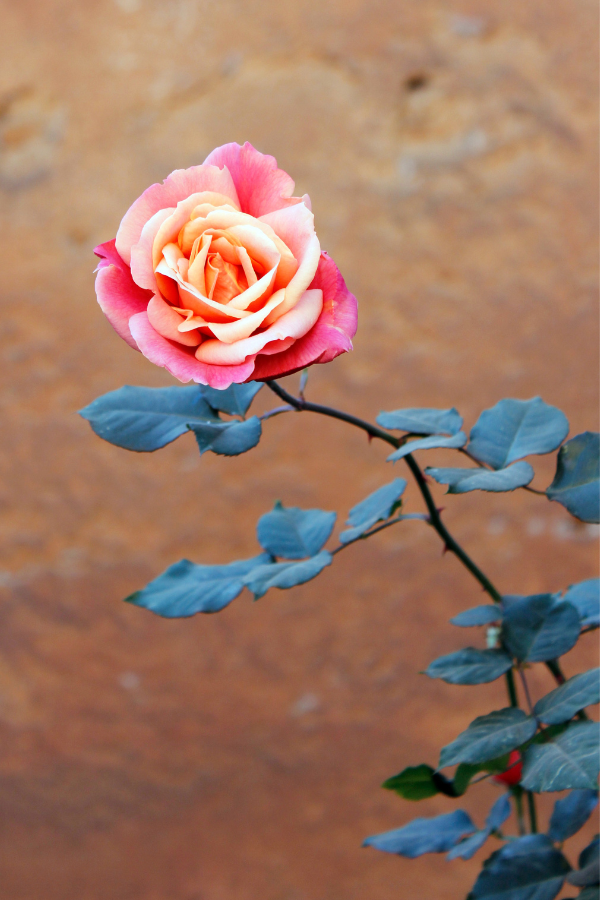

In Morocco, roses are highly valued for their beauty and fragrance. The famous Rose Festival in the Dades Valley celebrates the annual harvest of roses, highlighting their cultural and economic importance. Roses are used in the production of rose water and essential oils, which are integral to Moroccan cuisine, cosmetics, and traditional medicine.
They symbolize hospitality, as offering rose water to guests is a common practice. Additionally, roses are associated with sensuality and are often used in traditional celebrations and rituals, underscoring their role in Moroccan cultural heritage.
Final Thoughts: Cross-Cultural Comparisons


Across different cultures, roses share common symbolic meanings while also exhibiting unique cultural nuances. In many societies, roses are universally associated with love and beauty, seen in the romantic connotations in Western traditions and the spiritual symbolism in Persian literature. However, there are distinct differences as well.
In China, roses symbolize prosperity and honor, reflecting societal values, while in India, they are closely linked to religious rituals and the goddess Lakshmi. In Morocco, roses are celebrated for their fragrance and used in hospitality. These variations highlight how cultural contexts shape the specific meanings attributed to roses.
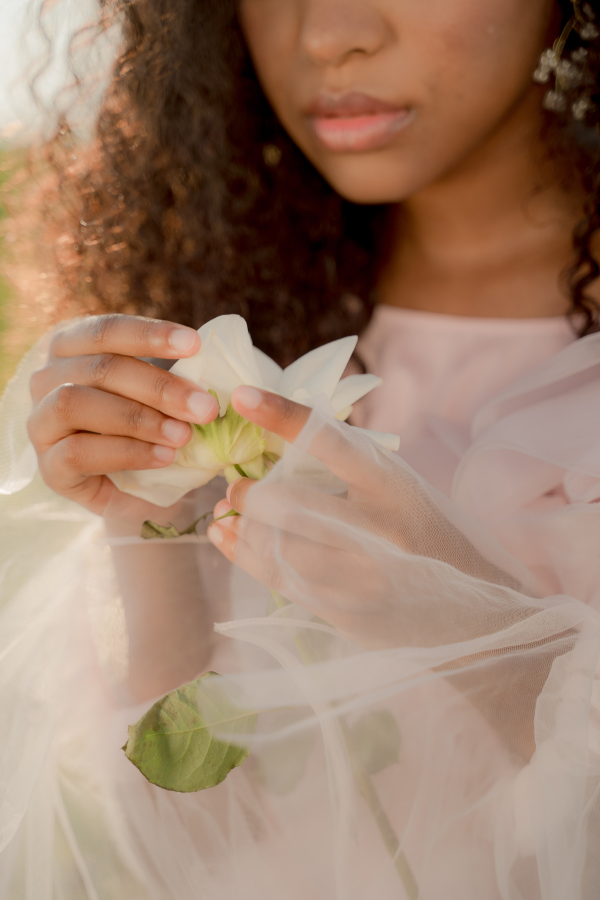

Despite the cultural differences, roses consistently serve as a universal symbol of love, beauty, and respect. Their aesthetic appeal and rich fragrance make them ideal for expressing deep emotions and honoring significant occasions. Whether used in religious rituals in India, romantic gestures in Japan, or hospitality practices in Morocco, roses convey a sense of admiration and appreciation that transcends cultural boundaries.
This universality underscores the rose’s enduring appeal and its ability to communicate complex sentiments across diverse cultures and historical periods. The rose’s multifaceted symbolism allows it to resonate universally, embodying themes that are fundamental to human experience.








